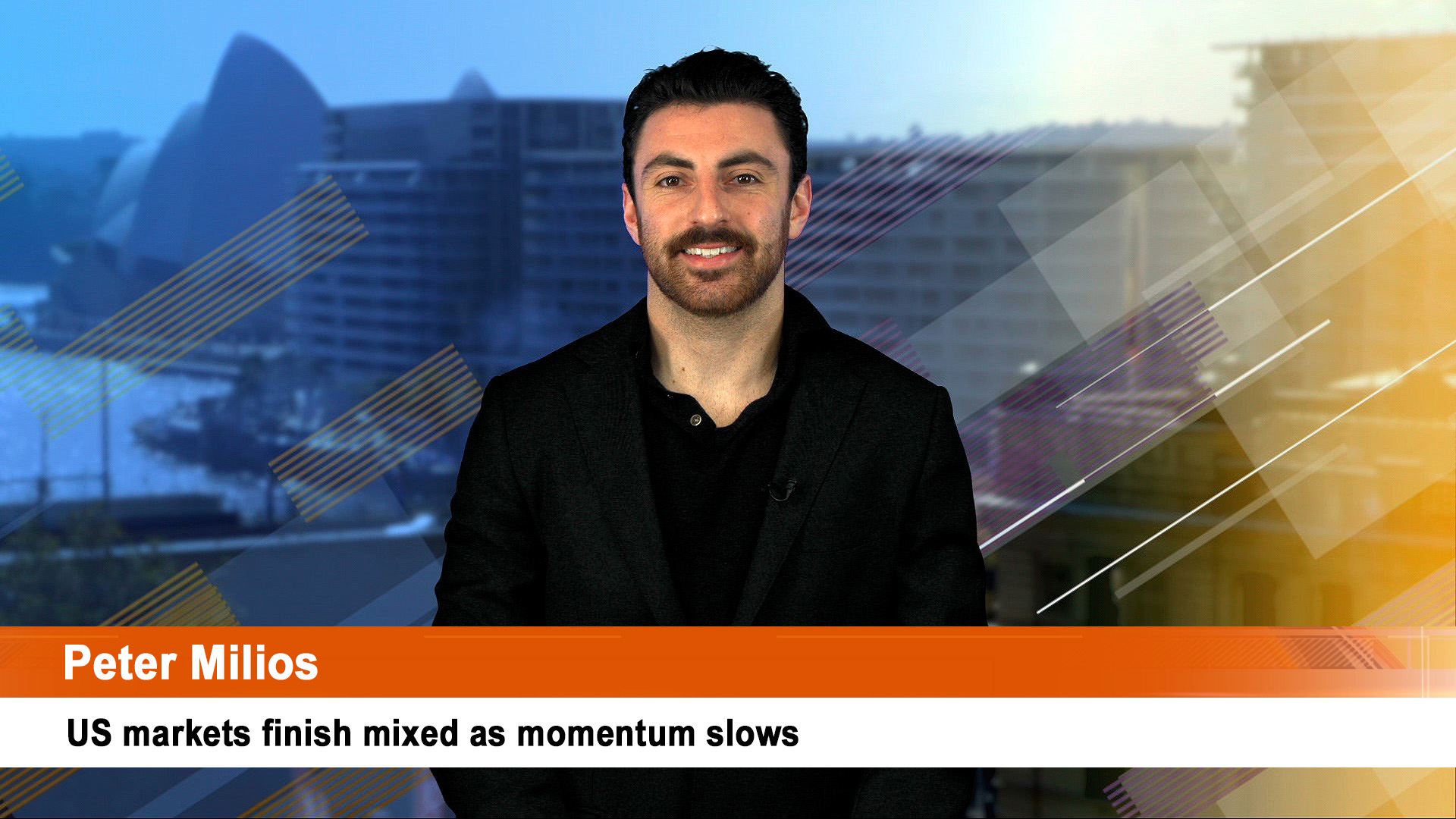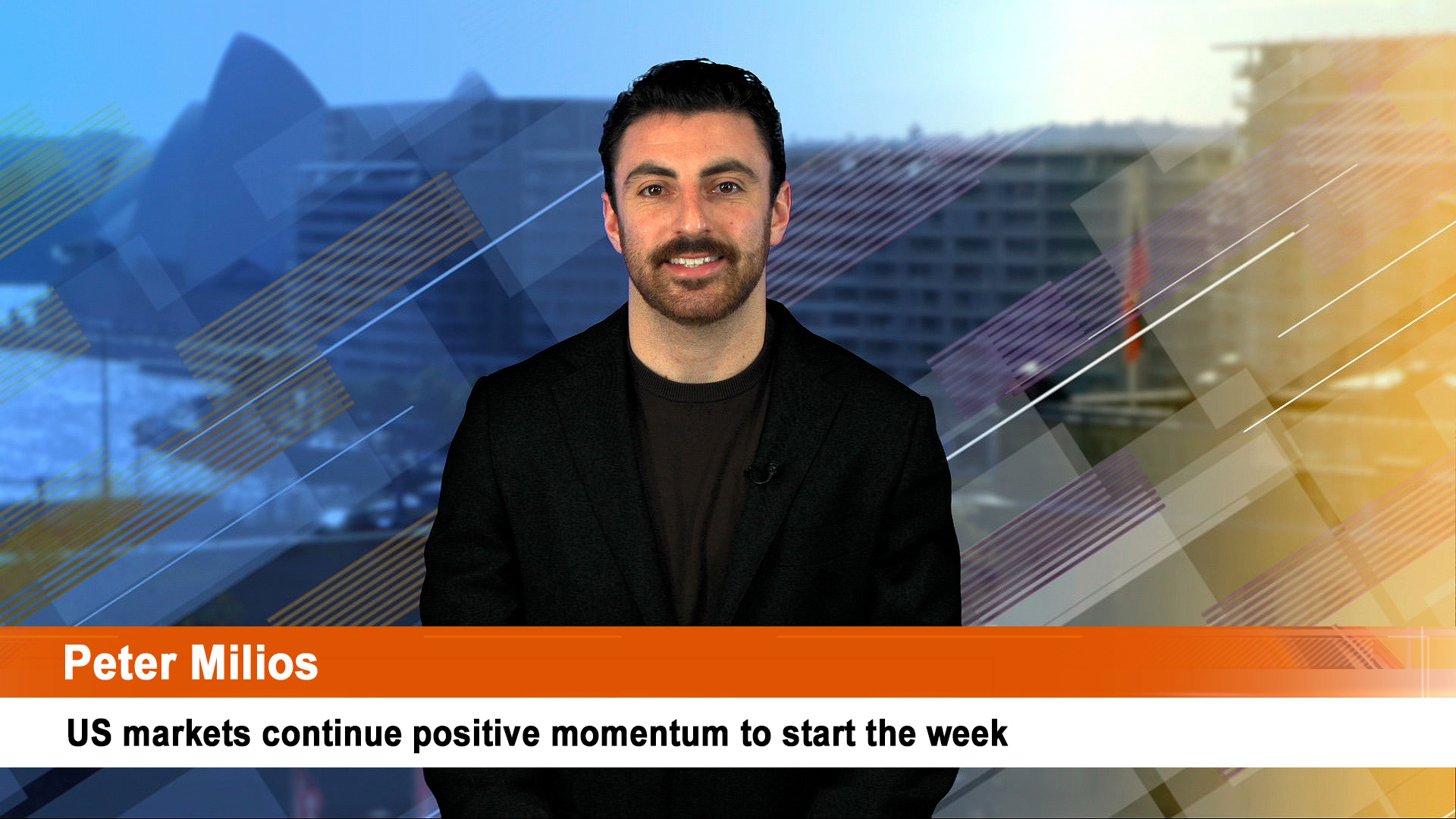The Australian stockmarket will edge cautiously into the start of a new trading week today after a tiny gain of around 7 points on the futures market on Friday in the wake of another directionless week for Wall Street.
For all the optimism about slowing inflation, Wall Street wandered as investors again wondered about a possible recession, weak demand and the regional banking crisis that won’t go away.
Many investors are not really concentrating but they should be focusing another weak week for major commodities which saw oil, copper, iron ore, coal and grain prices drift lower in response to the weakening Chinese economy and a feeling that something worse is coming down the pike.
In Australia the coming week will be dominated by jobs in the case of the April labour market data, and wages with the March quarter wage price index.
Panic merchants will again be quick to shout ‘wage price spiral’ if either measure is stronger than expected, but if the Wage Price Index is unchanged or a touch weaker, the same panic merchants will keep silent.
There are also some March 30 earnings reports to be released, including Aristocrat Leisure and Elders
The ASX200 finished Friday’s session 4.8 points, or 0.1%, higher at 7,256.7, leaving it up half a per cent for the week. It was a nothing week.
Not even the surprise $A15.7 billion merger between lithium player Allkem and Livent of the US, could get a decent run higher out of investors.
This week it’s the turn of Newmont and Newcrest to dance with the US giant’s due diligence deadline for its massive all-paper offer extended until late Thursday night.
Friday saw the S&P 500 dip 6.54 points, or 0.2%, to 4,124.08 to cap a sixth straight week where it moved by less than 1%. The Dow slipped 8.89, or less than 0.1%, to 33,300.62, while the Nasdaq composite lost 43.76, or 0.4%, to 12,284.74.
The S&P 500 and Dow fell for a second consecutive week, down 0.29% and 1.11%, respectively. The Nasdaq gained 0.4%.
Europe’s Stoxx 600 rose 0.4% on Friday which left it slightly positive for the week. Tokyo’s Nikkei lost 0.8%, Hong Kong’s Hang Seng fell 2% and China dropped 1.8%.
US Treasury yields following a weak consumer-sentiment report. The yield on the 10-year Treasury erased an earlier dip and climbed to 3.47% from 3.39% late Thursday.
The two-year yield, which moves more on expectations for the Fed, rose to 3.99% from 3.90%.
The US earnings season moves deeper into retailers this week (and the April retail sales data will be released) and will be led off by Walmart tomorrow.
Earnings reports have been better than feared this season but still weaker than a year earlier. Companies in the S&P 500 are on track to report a second straight quarter of drops in earnings per share, something some analysts call an “earnings recession” which are really just weak earnings.
US regional bank, PacWest fell 3% on Friday after an earlier gain. That was after Thursday’s slump after revealing a flight of deposits from the prior week. Its shares lost 21% over the week and kept reminding investors of that the regional banking problems have not gone away.
Apple was among the biggest drags on the S&P technology index, which was down slightly for the day but is still up about 22% so far this year. Amazon shares fell 1.7% on the day but up 4.9% for the week.
…………
Tesla shares gave back the 2% gain from Thursday when Elon Musk announced that he had found a new CEO for Twitter. They ended down 2.4% on the day.
Friday he named former NBCUniversal advertising chief Linda Yaccarino to the top spot. This presumably allows Musk to focus more on the EV-maker, though he did say he would remain involved in Twitter’s product design and new technology.
Tesla shares still lost more over the week.
Not helping Tesla’s share price this week was the news on Friday that the company will recall more than 1.1 million cars in China due to potential safety risks, especially with acceleration controls.
Starting on May 29, Tesla will take back 1,104,622 vehicles that were produced between January 12, 2019, and April 24, 2023, China’s State Administration for Market Regulation (SAMR) said in a statement citing a plan filed by Tesla with the regulator.
That’s nearly equivalent to Tesla’s total sales in mainland China during the four-year period. From 2019 to March 2023, Tesla sold about 1.09 million vehicles in the country, according to China’s state-backed industry associations.
The models to be recalled include imported Model S, Model X, Model 3 and China-made Model 3 and Model 6.
The vehicles have issues that may increase the probability of drivers “mistakenly stepping on the accelerator pedal” for an extended period, which could increase the risk of collision and pose a “safety hazard,” the regulator’s statement said.
Tesla plans to make adjustments or add notification features to the recalled vehicles to reduce the risk. What’s not quite clear is how much of the changes Tesla can do via software updates and down loads. That will be cheaper than recalling vehicles to be physically modified.
There’s been no mention of whether Tesla vehicles shipped to Australia and from the Shanghai plant, will need updates.













